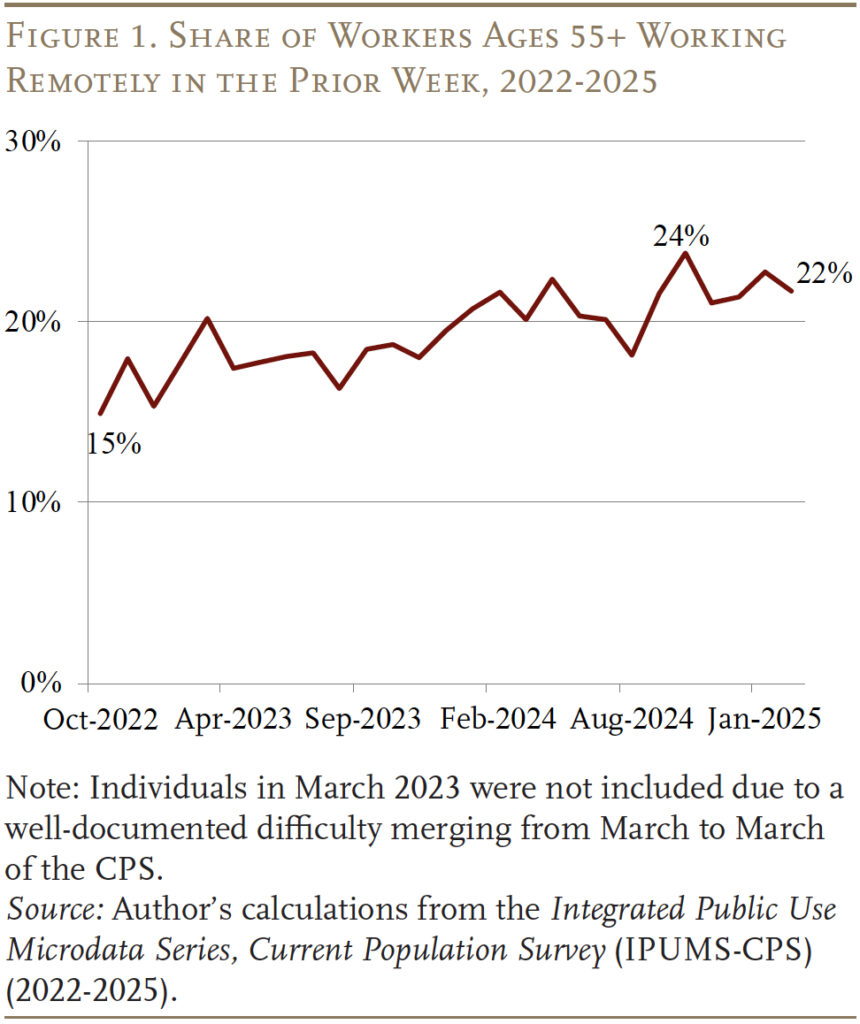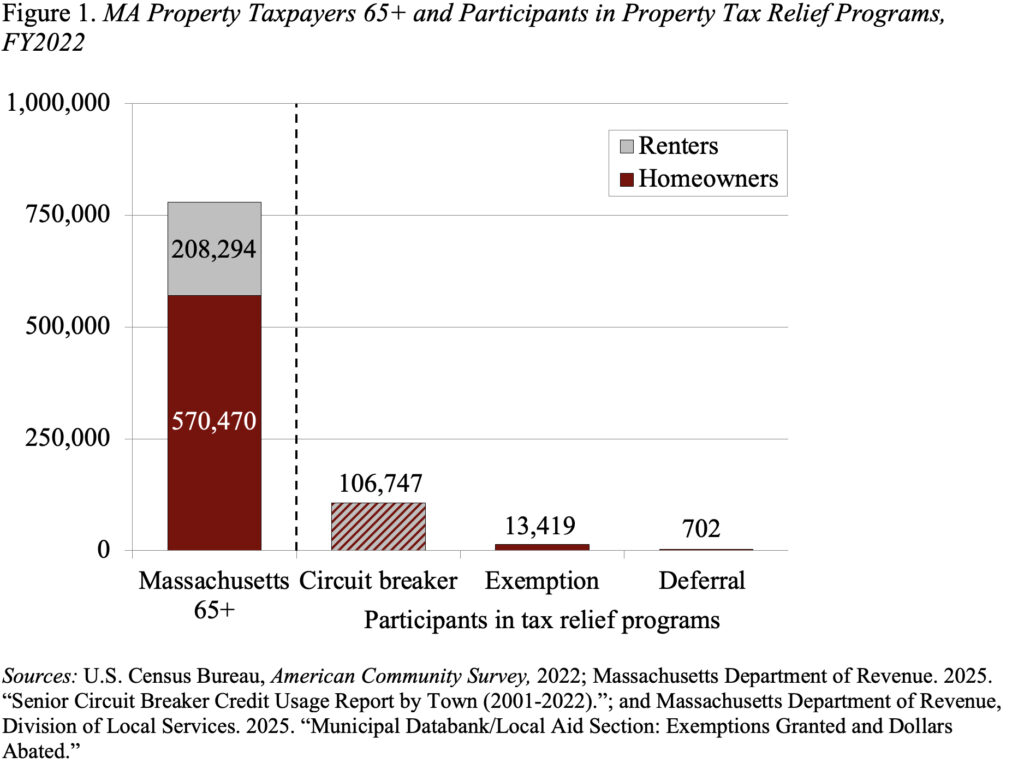I'm A Chief Technologist At Morgan Stanley. Here's What Comp-sci Students Need To Know To Succeed On Wall Street.

Courtesy of Morgan Stanley; Alyssa Powell/BI
- Hina Shamsi has been on the front lines of innovation in the airline and finance industries.
- Shamsi talks about technologists' growing role in shaping business strategy.
- She advises computer science graduates to pair their technical knowledge with business experience.
Over the past few years, banks have become technology giants in their own right with big budgets, a focus on research and developing patents, and a constant demand for tools and products that will keep customers happy.
Wall Street has become a technologist destination that rivals the Googles and the Amazons of the world. An example of that trend is Hina Shamsi, the chief technology officer for the divisions that serve Morgan Stanley's wealth management and institutional businesses.
Shamsi, who also sits on the technology operating committee that drives tech and strategy across the firm, tells us about her career path and what she believes people should know about a career in technology at a bank. This as-told-to essay is based on a conversation with Shamsi, who's based in New York City. It has been edited for length and clarity.
I'm of South Asian descent. I grew up in Kuwait and Pakistan in a very conservative environment with very forward-thinking parents. I was the first in my family to leave home and go to North America for higher education.
If you had asked me years ago: Did I see myself on Wall Street as a chief technology officer? I would have said no.
I went to school at the University of Texas at Austin. I got a degree in mathematics and then a master's in operations research with a focus on computer science. Think about operations research as the mother of the modern-day AI used in solving large-scale problems. There were a couple of industries where this was being done, like the defense industry, airlines, and, to some extent, healthcare.
I always knew that I wanted to solve really big, hairy mathematical problems.
A friend in the airline industry told me his work was very much related to my academic background. I took a call from his company, Sabre. It's headquartered near Dallas and is very big in creating systems that help airlines plan out and optimize schedules, routes, and other decisions.
I took the job and fell in love with the industry. I spent almost 17 years in it before I got my first call from a financial services firm.
See more stories from BI's Path to Wall Street series here, including what firms young people want to work for today, data showing where the average banker went to school, and what it's really like to work for a hedge fund.
What attracted me to finance was the enormous opportunity it presented for innovation and transformation. This is a very dynamic industry, and it continues to mature. There's never a dull moment.
As a technology leader, you get an opportunity to work on wide-ranging emerging tech, like machine learning and artificial intelligence — you name it. But you also get to solve some of the most challenging business problems, as evidenced by our work rolling out our first two generative-AI products for financial advisors, in partnership with OpenAI.
Learning the business
Like the very large-scale systems I worked on in airlines, fintech is a very complex environment. There are high-scale, high-availability transactional systems. So my technology experience lent itself really nicely to financial services.
But I didn't know about the business. I had to learn it.
I read every material that was available to me in the bank's enormous amount of training content. But I think you can only go so far reading on your own.
I sat down with business leaders to really probe what's top of mind for them, the problems they are thinking about: What are your top three? You always want to have a pulse on what your industry is thinking about.
The second thing I did, which I really encourage people to do, is not just talking to senior people. Sometimes you get the best information by talking to people who are on the ground working on problems day in and day out. Whether you're sitting with the financial advisor and just watching them take a call, or you're sitting on the trading floor at an equity desk watching a trader use technology — there's no better way to know how good or bad your technology is until you observe it being used.
Even today, I take the time to sit with a financial advisor and ask them what their pain points are, what they like, and what they don't like. You'll be surprised how much you learn from putting yourself in their shoes.
Encouraging 'healthy debate' between tech and business leaders
Today, technologists have a bigger role in shaping the business through its products and the strategy itself, not just the execution.Long gone are the days when requirements came through over the wall and we were told, "Go develop this."
I can't underscore enough how important it is for us to be involved in the business-case development. The company leaders understand the business well, but they don't understand the art of the possible; they don't understand technology well. I describe it this way: The heads of the lines of business know the "what" and the "why," but they don't understand the "how." That is where the technology comes in.
Sometimes, business needs and technical realities don't align. It's a healthy debate, and it's critical to the creative process.
Business leaders have ideas and expectations that are sometimes, quite frankly, unreasonable because their role is to push and look at it from the customer's perspective. Then you also see technologists creating tech just for the sake of tech.
When you bring those two together, that debate is really good for the creative process. We encourage that because we want diverse ideas, so that when we produce something, it's been thought through well.
Advice for new grads
The single most important thing a computer science student today can do to prepare for working in tech on Wall Street is to think more broadly about their role, not just as a technologist but also as a business technologist.
What makes you stand out — and we interview thousands of candidates every year — is the niche skills, like expertise on cloud, as well as any experience with AI and machine learning. Those are the skills we're looking for.
Once you have the technical skills, the next step is to focus on learning the business through tangible experiences, like internships, as early as possible. Develop the skills you learned academically, and apply them to business-specific environments with the security and data privacy guardrails.
Complement the business mindset with the technical knowledge, and that's where you maximize the value.
Want to share your career path with us? Fill out this quick form.


